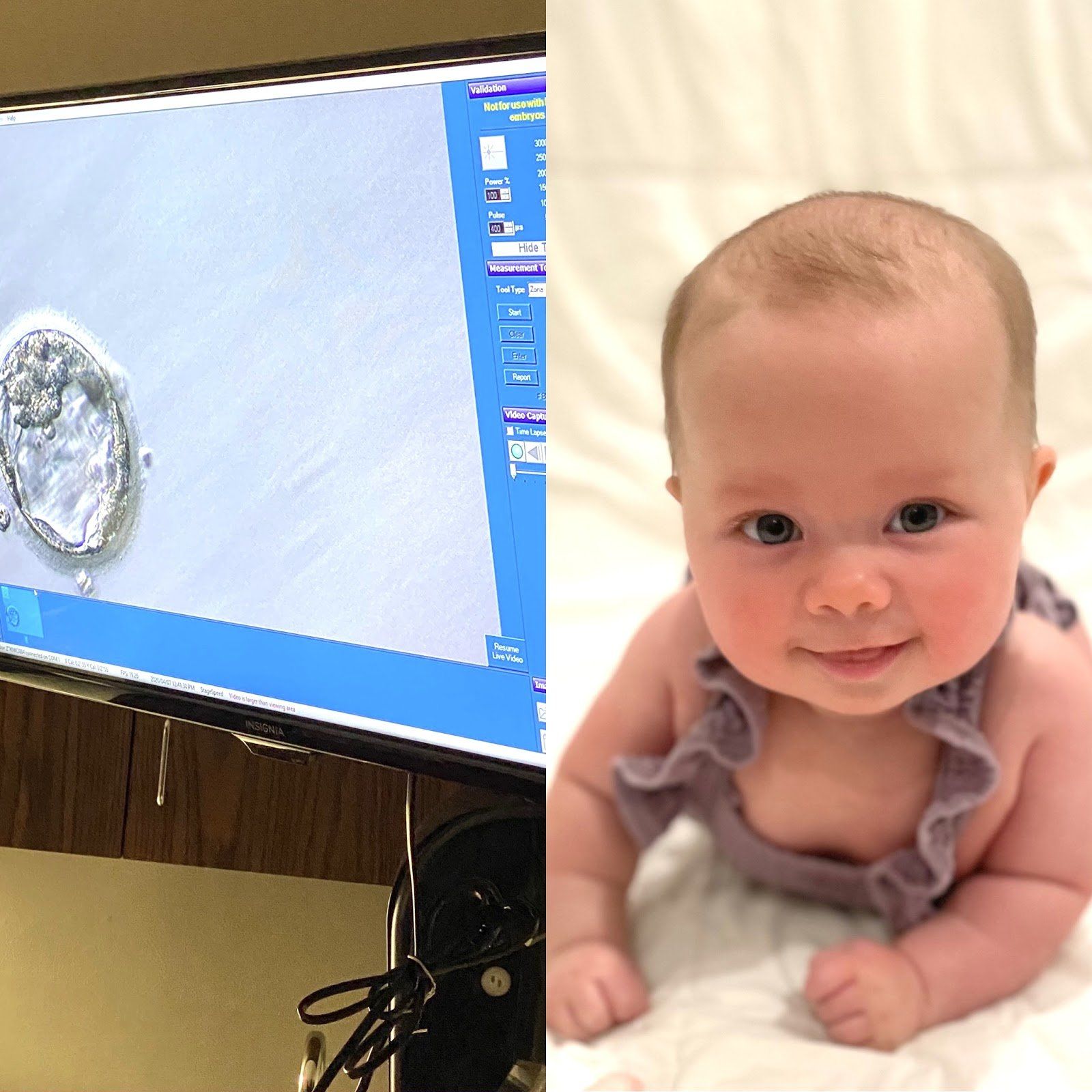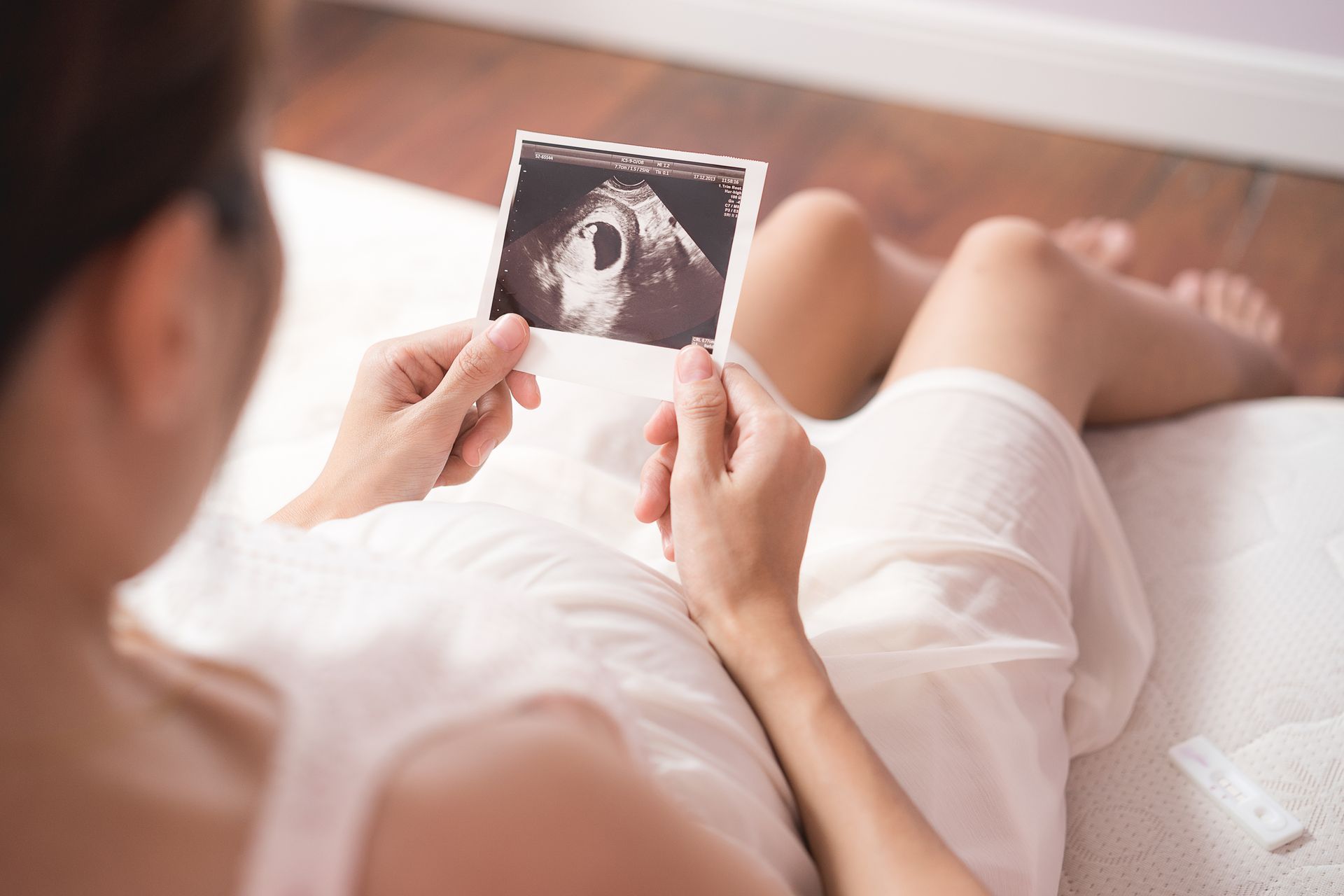Endometriosis: Dispelling the Myths
Most of us have heard of endometriosis at some point. Maybe you know a friend, a relative, or a coworker who has this diagnosis. However, there are a lot of misconceptions about what endometriosis actually is and how it affects patients. Endometriosis is a common, benign disorder that is estimated to affect approximately 10% of women. Endometriosis refers to a condition in which endometrial cells which normally line the uterine cavity are found outside of the uterine cavity. This disorder can come with a variety of symptoms or may be completely asymptomatic.
Myth #1: Endometriosis just means you have very painful periods.
It is true that the most common presenting symptom of endometriosis is painful periods (the medical term is dysmenorrhea). But as I’m sure many of you know, there are a number of conditions that can cause painful periods, such as uterine fibroids, polyps, ovarian cysts or masses, adhesions, or other disorders. In order to make a diagnosis of endometriosis, we first have to rule out all of these other conditions, which can often be challenging. One major challenge is that endometriosis typically cannot be seen with ultrasound or other imaging techniques. The gold standard for diagnosing this disorder is by performing a diagnostic surgery and actually visualizing or taking a biopsy of the lesions. So diagnosing endometriosis as the cause for painful periods is a lot more complicated than you might think!
Myth #2: The more severe your symptoms, the more advanced the disease.
As I just mentioned, some women with endometriosis have no pain at all and some have incapacitating pain. It stands to reason that people would believe that this reflects the degree of endometriosis they have. However, some of the worst cases of endometriosis I have seen have been in women who had no symptoms at all! Meanwhile, many of the patients with the worst pain have had only a couple small spots of endometriosis called “implants” when I did a laparoscopic surgery to look. The reason for this is not well known, but it is thought to be largely dependent upon the location of the implants and the degree of new nerve growth that has taken place around the implants.
Myth #3: Endometriosis causes infertility.
Yes, it is true that endometriosis is present in a large portion of women with infertility issues. One reason for this could be endometriosis on the fallopian tubes that distort or block the tubes. In reality, this is rarely the finding that we see during surgery. There are other theories, such as the presence of inflammation produced by the endometriosis implants, or somehow lowering a patient's reserve of good eggs. While fertility appears to be decreased in many women with endometriosis, it does not necessarily cause the need for IVF (in vitro fertilization).
Myth #4: Endometriosis is caused by backward flow of period blood out of the fallopian tubes and into the abdominal cavity.
While this is the prevailing theory about how endometriosis occurs, there are several other theories out there. In fact, this cannot be the only way that endometriosis occurs. If that is the only way it happens, then how has it ended up in lung tissue? It has also been found in girls as young as 8 years old who have not yet started menstruating. In fact, it has even been found in women who were born without a uterus!
Myth #5: There is no effective treatment for endometriosis.
This is simply not true. These implants are estrogen-dependent, which is the reason that the menstrual cycle stimulates their activity. However, this also means that they can be responsive to hormonal therapies. There are many different hormonal and hormone receptor treatments for endometriosis. While these therapies keep symptoms of endometriosis at bay, they do not cure the disorder. When these treatments are discontinued, symptoms often resume.
Myth #6: The cure for endometriosis is hysterectomy.
Removing the uterus alone often does not cure endometriosis. The ovaries must be removed as well, along with any endometriosis implants. Even when this surgery takes place, a small number of women will still have recurrence of some symptoms if some small implants remain.
Myth #7: Endometriosis increases your risk for endometrial cancer.
There is no genetic trait associated with endometriosis that has been shown to lead to cancer. There are some very rare types of ovarian cancers – clear cell and endometrioid cancer – that seem to be more common in women with endometriosis, but even with these rare cancers the risk is less than 1%. Therefore, there is no recommendation for increased cancer screening for women with endometriosis
Allison Warren, MD



